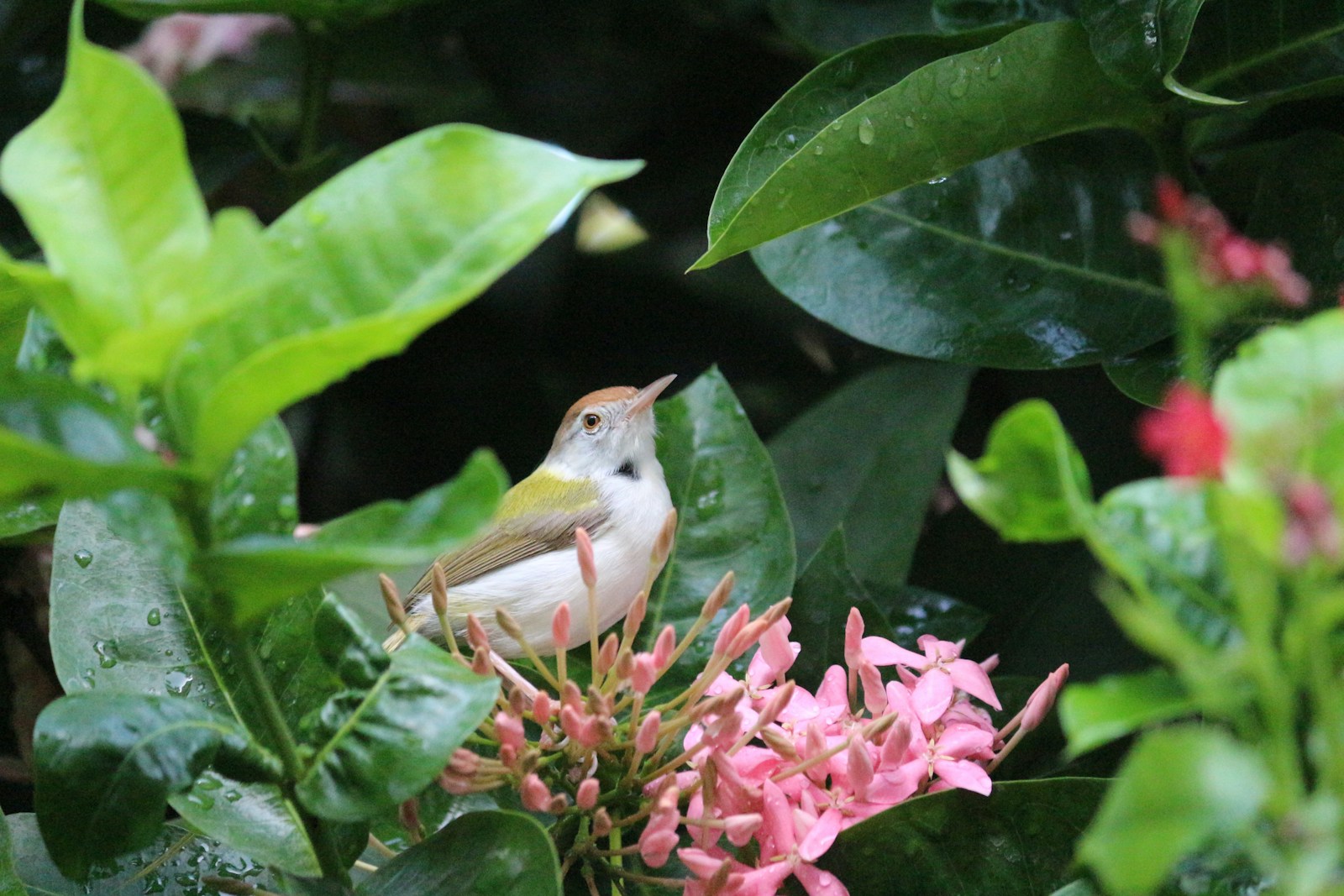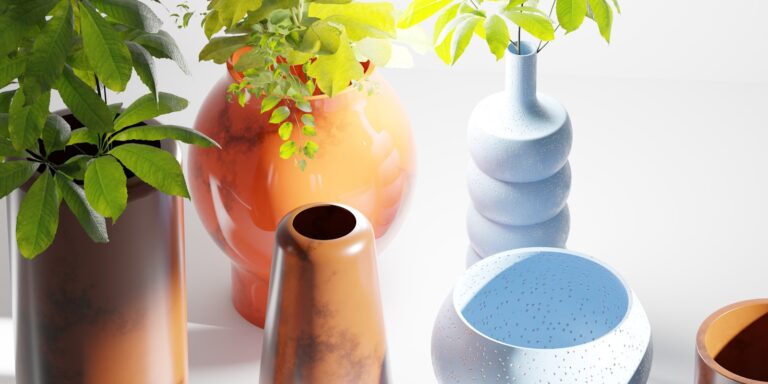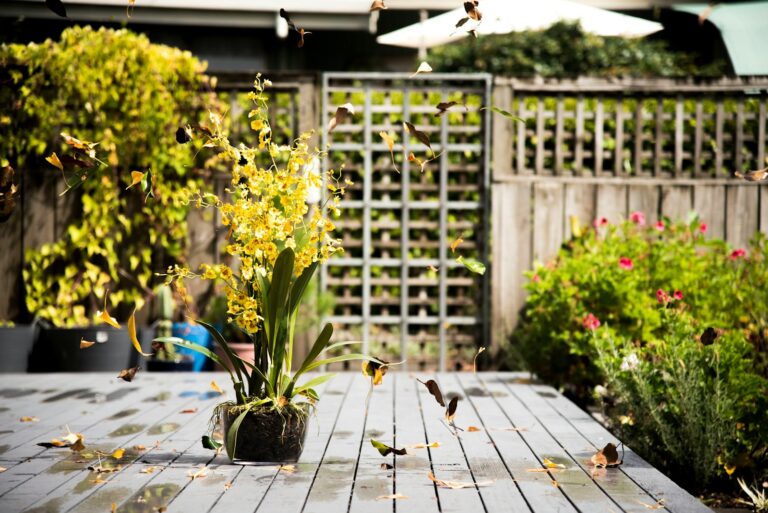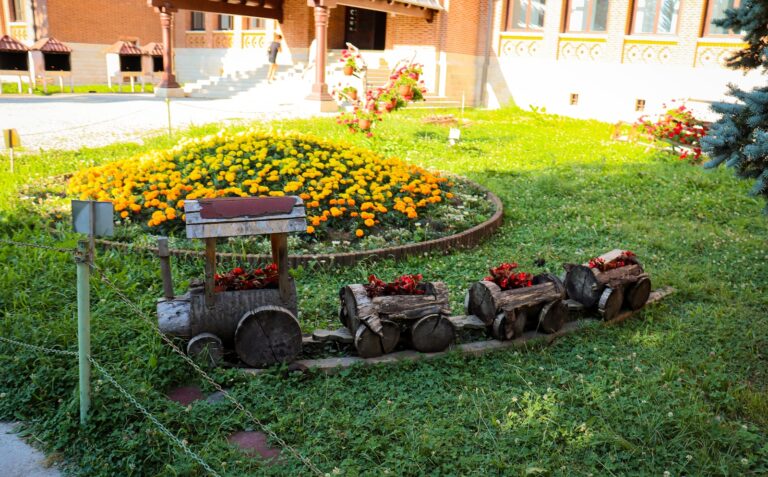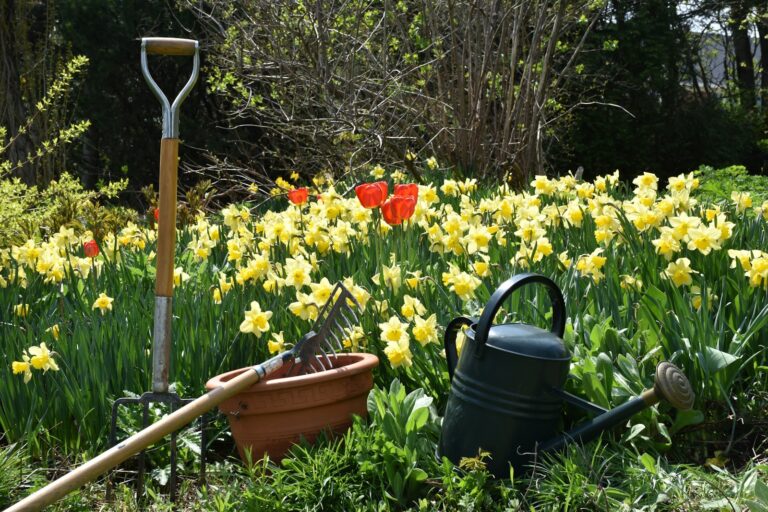How to Attract Birds to Your Garden This Fall: Easy Tips for a Feathered Visitor Haven
Fall brings crisp air and colorful leaves, making it a great time to watch birds flock to your garden. With a few thoughtful changes, you can turn your yard into a cozy stopover for feathered friends as the weather cools.
Supporting local birds during autumn doesn’t have to be complicated. A few simple tweaks to your garden can make a big difference for both you and the wildlife.
Plant elderberry shrubs for nutritious berries
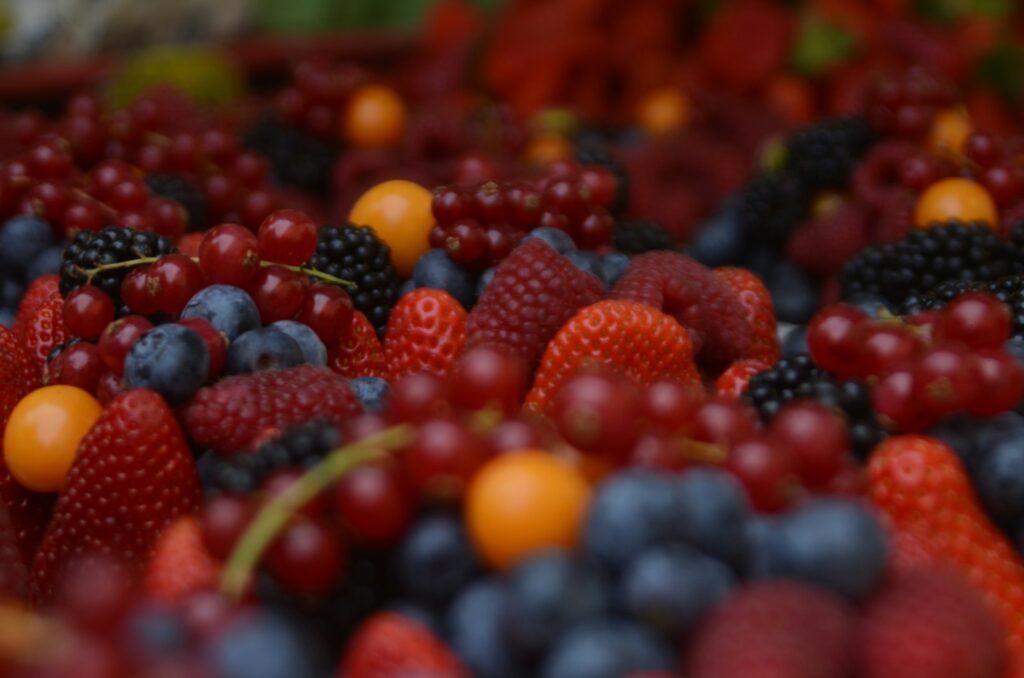
Elderberry shrubs are a magnet for birds in the fall. The clusters of dark berries are irresistible to many bird species, and you’ll get to watch the action right in your own backyard.
These shrubs thrive in moist soil and handle cold weather well. In spring, they bloom with white flowers, which become black or purple berries by fall.
Elderberries are fast growers and need little experience to plant. The flowers and berries add visual interest, and the branches offer shelter for birds during chilly months.
Add chokeberry bushes to provide sweet fall fruit

Chokeberry bushes are another fall favorite for birds. Their small, dark berries last well into winter and attract species like cedar waxwings, chickadees, and bluebirds.
These bushes are low-maintenance and grow in both sun and partial shade. White spring flowers and colorful fall leaves make them a standout in any garden.
Chokeberries provide a steady food source when other fruits have disappeared. The nutrient-rich berries help birds stay healthy through the colder months.
Planting a few chokeberry bushes near other native plants can create a mini bird habitat. You’ll notice more songbirds stopping by for a snack.
Grow mountain ash for vibrant berries that attract birds
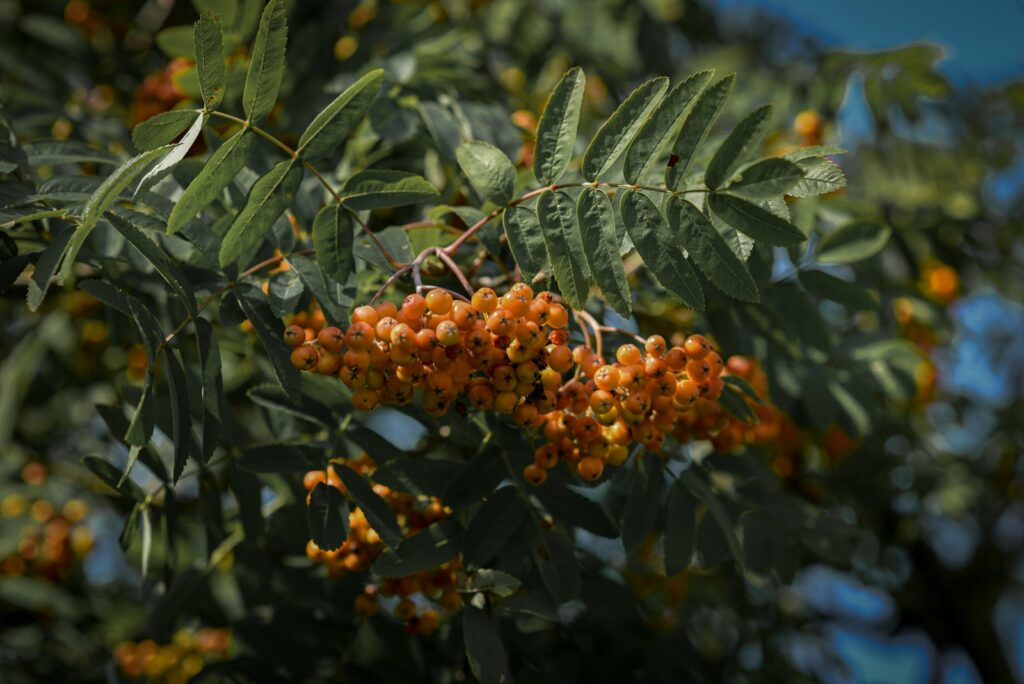
Mountain ash trees can bring a lively crowd of birds to your yard. Their bright red berries are a favorite for robins and waxwings, especially when food is hard to find.
In spring, the tree shows off white flowers, while fall brings golden leaves and clusters of berries. The tree’s shelter and food make it a popular spot for birds.
Choose a sunny location with well-drained soil for your mountain ash. Water young trees regularly to help them get established.
A healthy mountain ash will keep producing berries each year, drawing more birds to your garden.
Include native viburnum plants for shelter and food
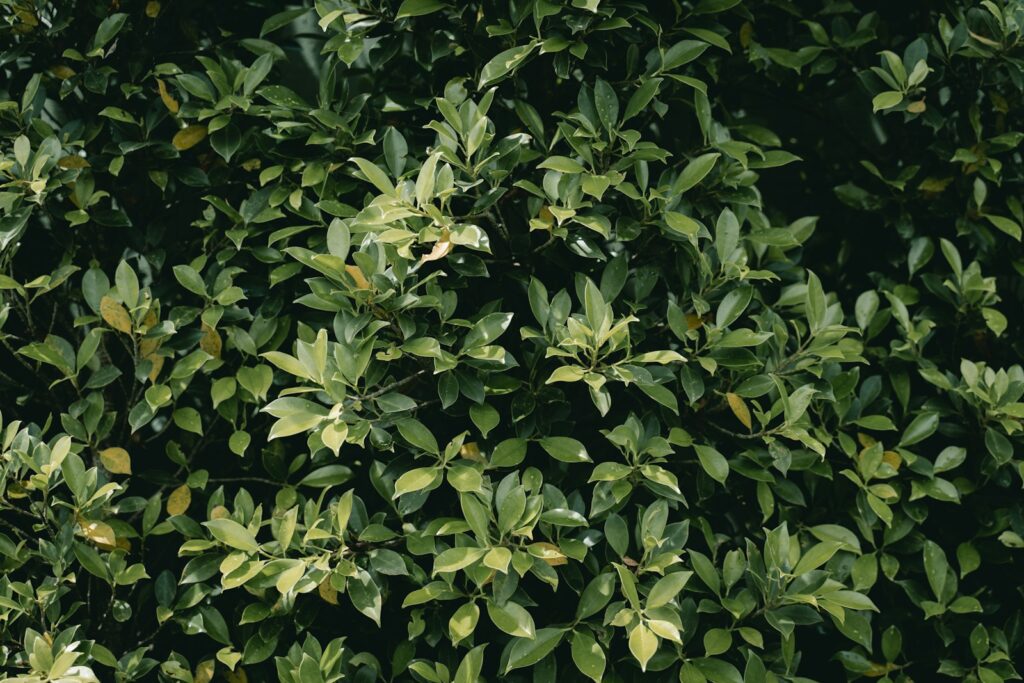
Native viburnum shrubs are a top pick for attracting birds in autumn. Their fall berries are a treat for robins, cardinals, and cedar waxwings.
Dense branches offer birds a safe place to rest and hide from predators. You might even spot a nest or two during warmer months.
Viburnums are easy to grow and need little water once established. They’re a simple way to support local wildlife right in your backyard.
Set up a fresh water source like a birdbath
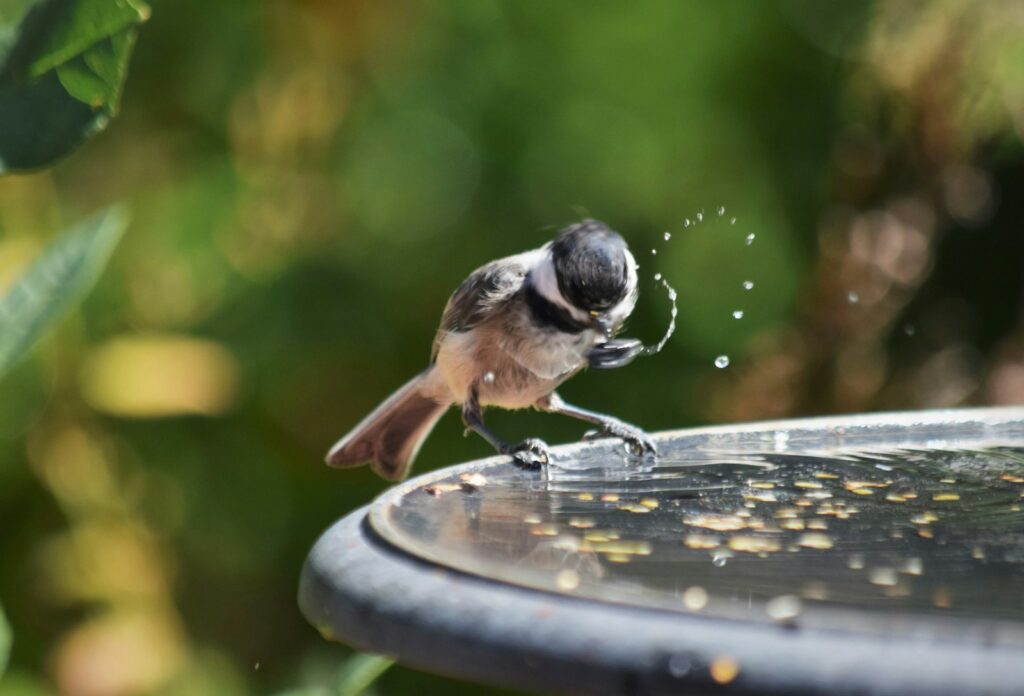
Birds need water for drinking and bathing, especially as natural sources freeze or dry up. A birdbath can quickly become a favorite gathering spot.
Keep the water shallow so small birds feel safe. Place the birdbath near bushes or trees so birds can keep an eye out for danger.
Change the water every couple of days to keep it clean. In colder months, a heated birdbath will keep water from freezing.
Scatter sunflower seeds in feeders
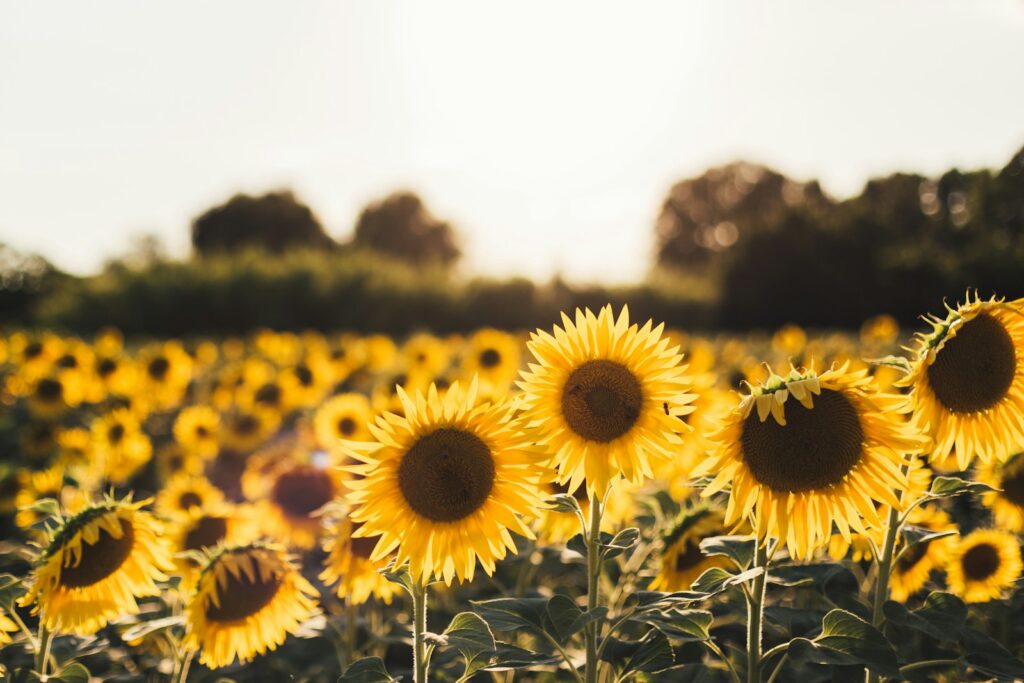
Sunflower seeds are a crowd-pleaser for many birds, including cardinals, chickadees, and finches. They’re packed with energy for the colder months.
Use tube or hopper feeders for sunflower seeds, or try a platform feeder for ground-feeding birds. Place feeders near shrubs or trees for safety.
Check your feeders often and keep them filled with fresh seeds. Birds will keep coming back if they know food is always available.
Offer suet cakes to attract woodpeckers
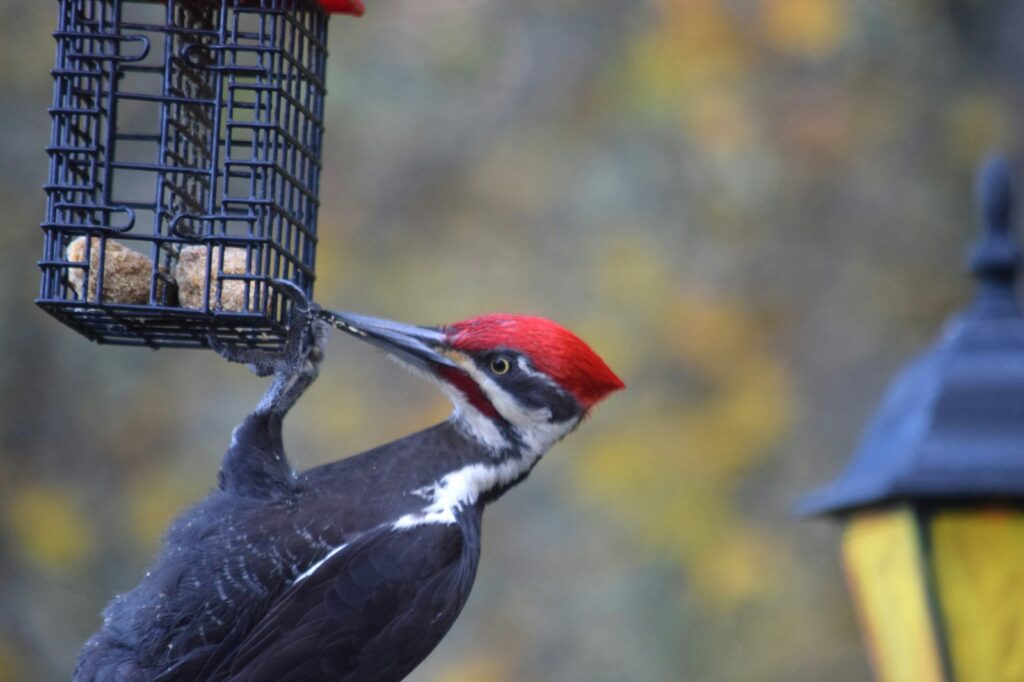
Suet cakes are perfect for attracting woodpeckers and other birds that need extra energy in the cold. Made from fat mixed with nuts, seeds, or berries, suet is a high-calorie treat.
Hang suet feeders near trees or shrubs for a natural feeding spot. Woodpeckers and even chickadees or nuthatches will appreciate the easy meal.
Replace suet regularly, especially if the weather turns warm. Fresh suet keeps birds healthy and interested.
Plant northern bayberry for winter food
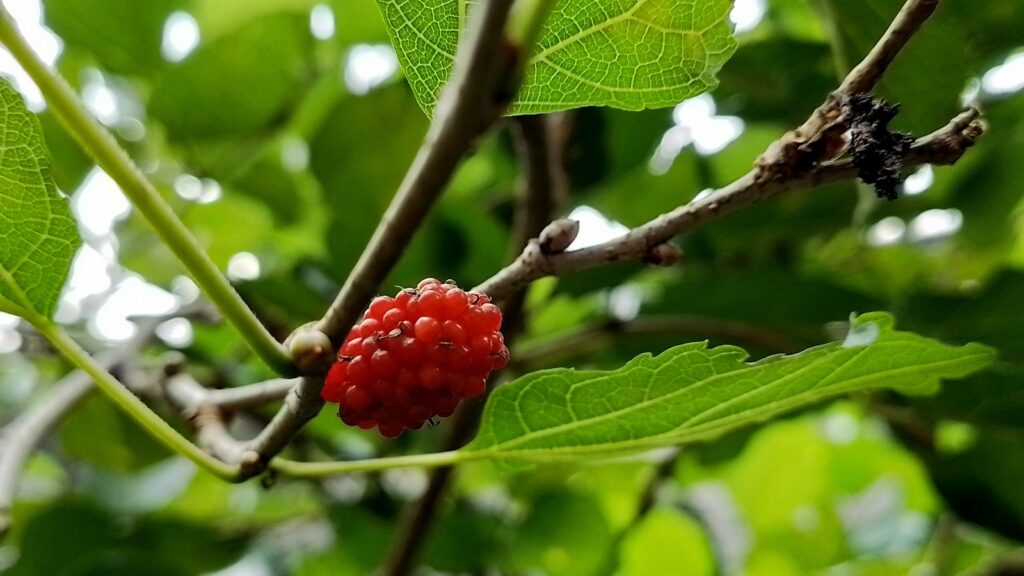
Northern bayberry shrubs provide a steady supply of berries through the winter. Birds like chickadees and catbirds rely on these berries when other food is scarce.
Bayberry is tough and low-maintenance, thriving in a range of soils and cold temperatures. Its bushy shape and textured leaves add year-round interest to your garden.
Adding northern bayberry supports wildlife without extra effort. Your yard will stay lively even when the weather is chilly.
Place a mix of seed and nut feeders
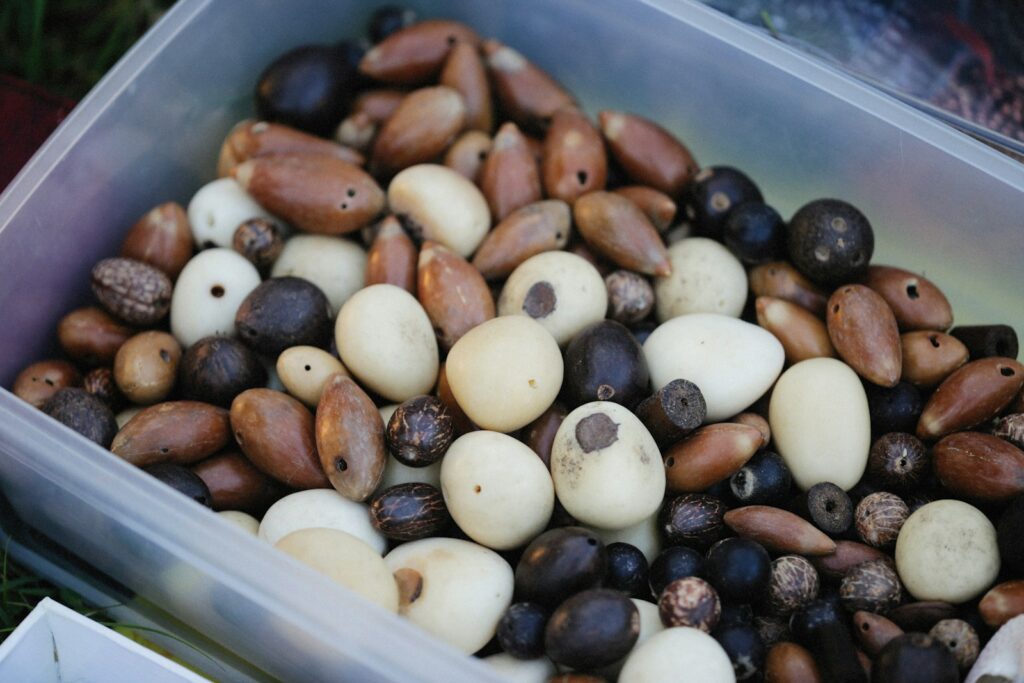
Offering a mix of seeds and nuts attracts a wider variety of birds. Sunflower seeds, peanuts, and safflower seeds each appeal to different species.
Some birds love millet or thistle, while others prefer nuts. Using separate feeders for each type helps avoid crowding and keeps everyone happy.
Position feeders near shrubs or trees so birds feel secure. Clean and refill them often to keep your garden a reliable food source.
Create dense shrubbery for shelter and nesting
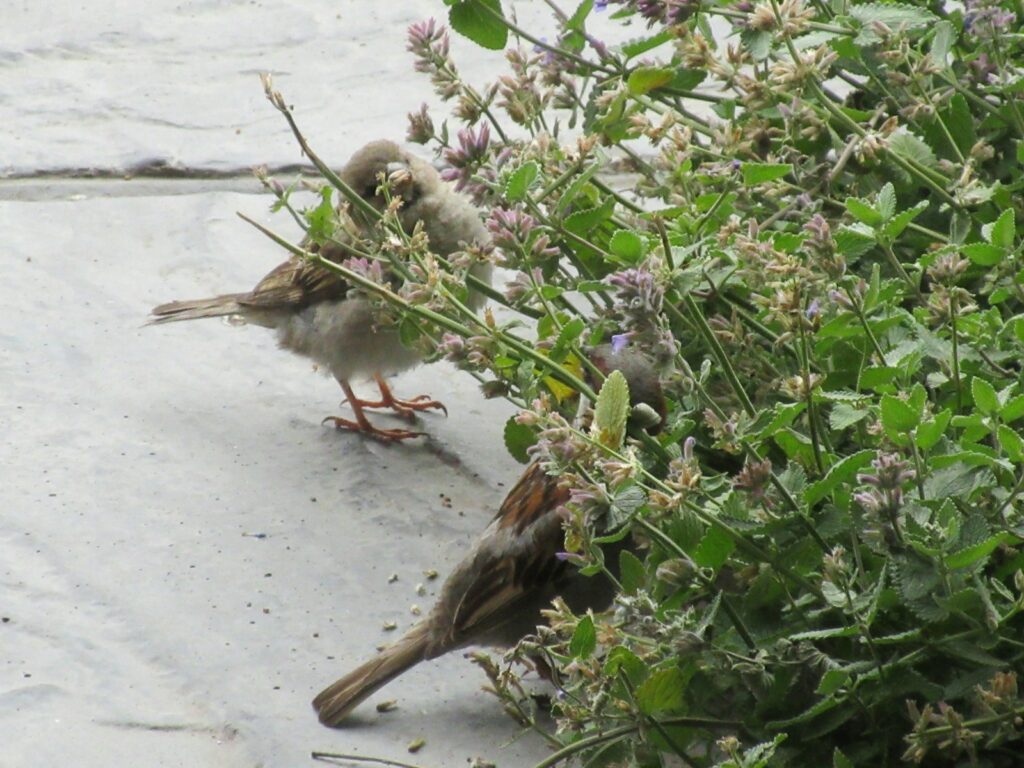
Dense shrubs give birds a safe place to hide from predators and weather. They’re also perfect for nesting in spring.
Choose evergreens or shrubs that keep their leaves through fall and winter. Those with berries offer extra food when it’s needed most.
Plant shrubs close to the ground to help small birds find shelter. Mixing different types creates more options for birds to rest and raise their young.
Keep bird feeders clean and refreshed
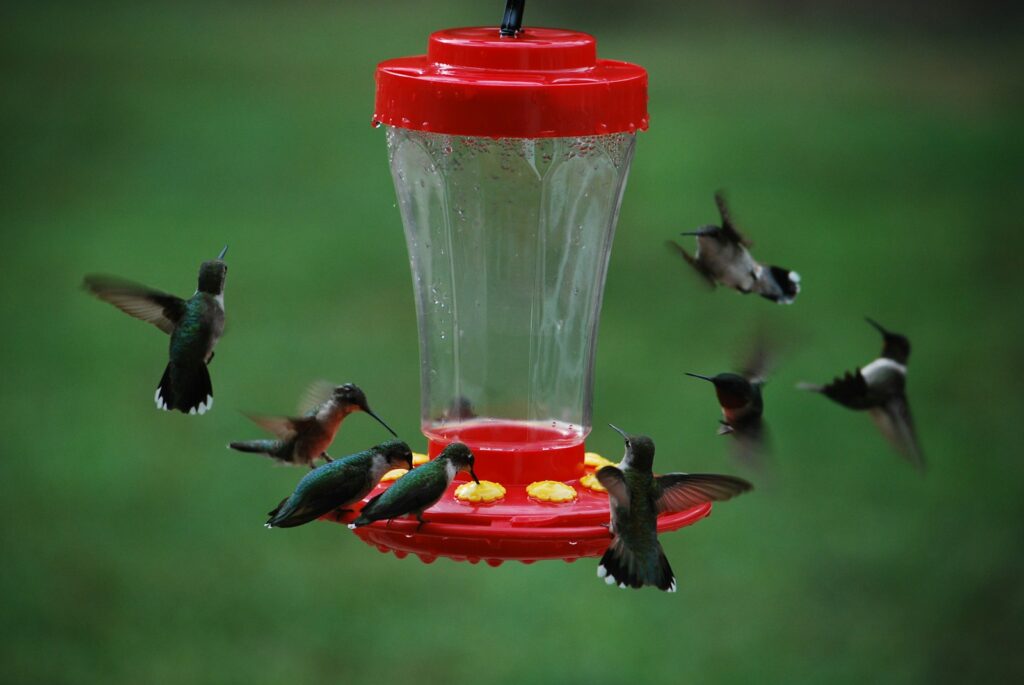
Regular cleaning keeps your feeders safe and inviting. Dirty feeders can spread disease and discourage birds from visiting.
Toss out old seeds and scrub feeders with warm, soapy water every couple of weeks. Let them dry before refilling to prevent mold.
Keep feeders topped up with fresh food. Empty feeders will send birds searching elsewhere.
Fresh water in a birdbath also helps attract more visitors. Clean the water often to keep it healthy for birds.
Grow native evergreen trees for year-round cover

Native evergreen trees are a reliable shelter for birds throughout the year. They keep their needles or leaves even in the cold, providing warmth and protection.
Many evergreens produce cones or berries that birds eat in fall and winter. Native species are best because they fit the needs of local birds.
If you have a small yard, look for dwarf varieties that still offer shelter and food. Evergreens help keep your garden lively in every season.
Leave seed heads from fall flowers like coneflowers

Letting seed heads stay on your fall flowers is a simple way to feed birds. Goldfinches and chickadees love the seeds from coneflowers and similar plants.
Hold off on cutting back your garden until spring. The seed heads provide a natural food source and add beauty when covered in frost or snow.
If you want more flowers next year, you can save some seeds. For now, the birds will thank you for leaving those seed heads up through the winter.
Provide nesting materials such as dried grasses
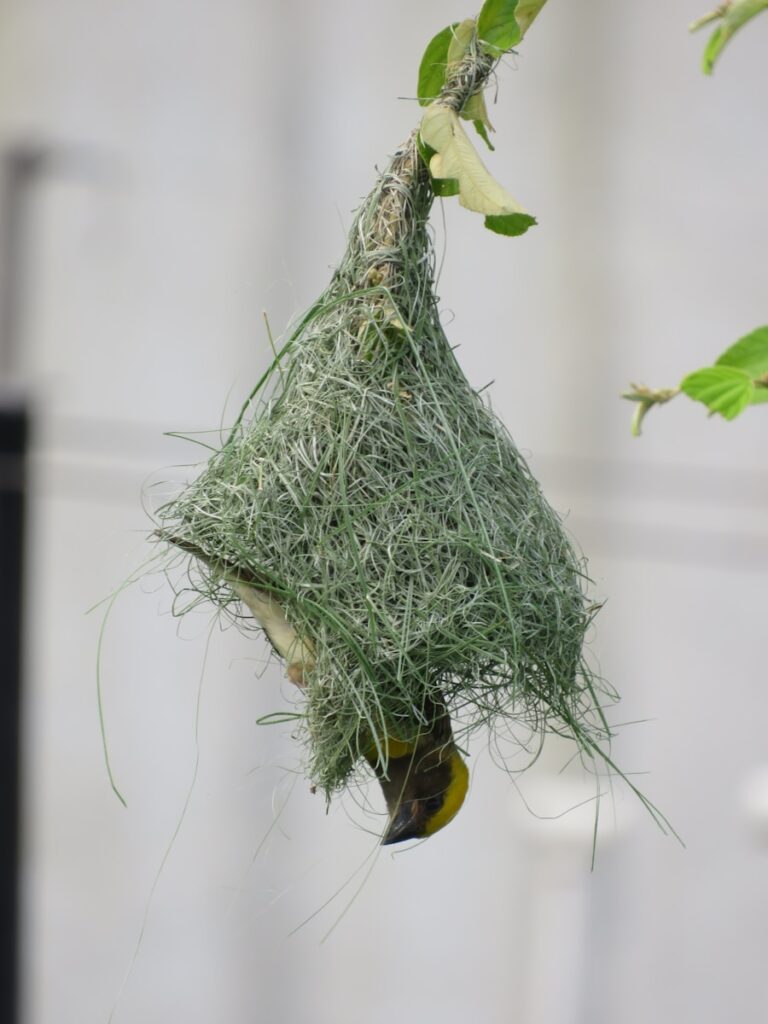
Watching birds build their nests can be a highlight of any backyard. You can make things easier for them by offering dried grasses and other soft materials.
Set out small piles of dried grass in quiet corners near bushes or trees. Birds like to gather supplies where they feel hidden and safe.
Make sure you avoid anything that has been treated with chemicals. Only use safe, natural materials to protect the birds.
Small twigs, feathers, and plant fibers are also useful for nest building. If you grow native plants in your yard, birds can find even more options.
With just a little effort, your yard can become a welcoming spot for birds looking to nest.

